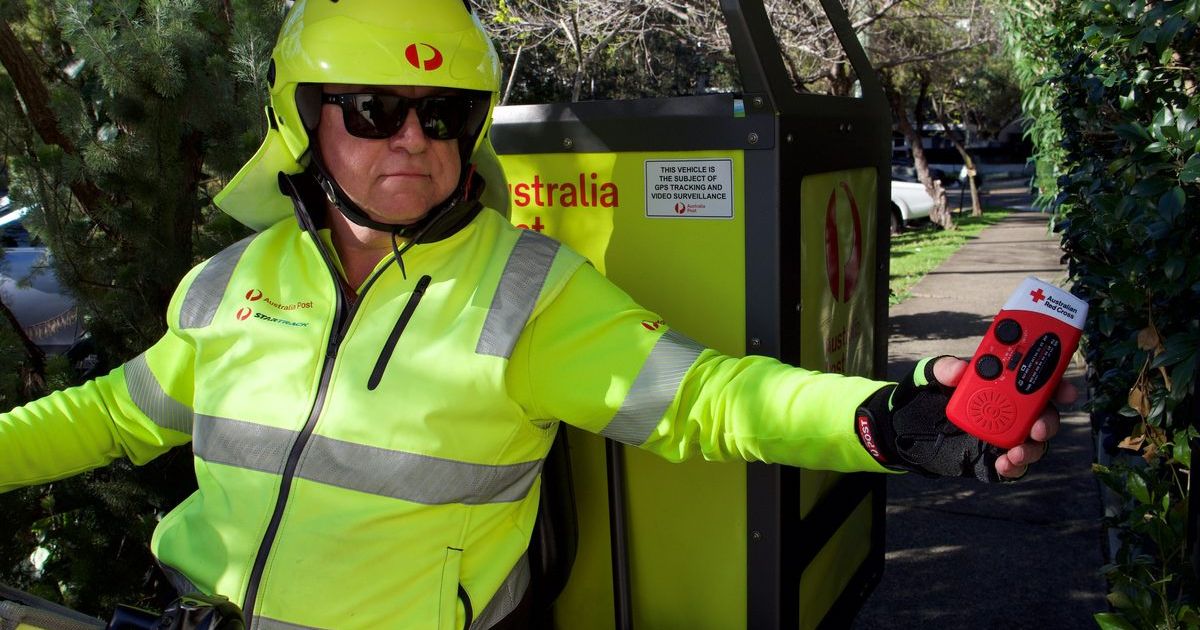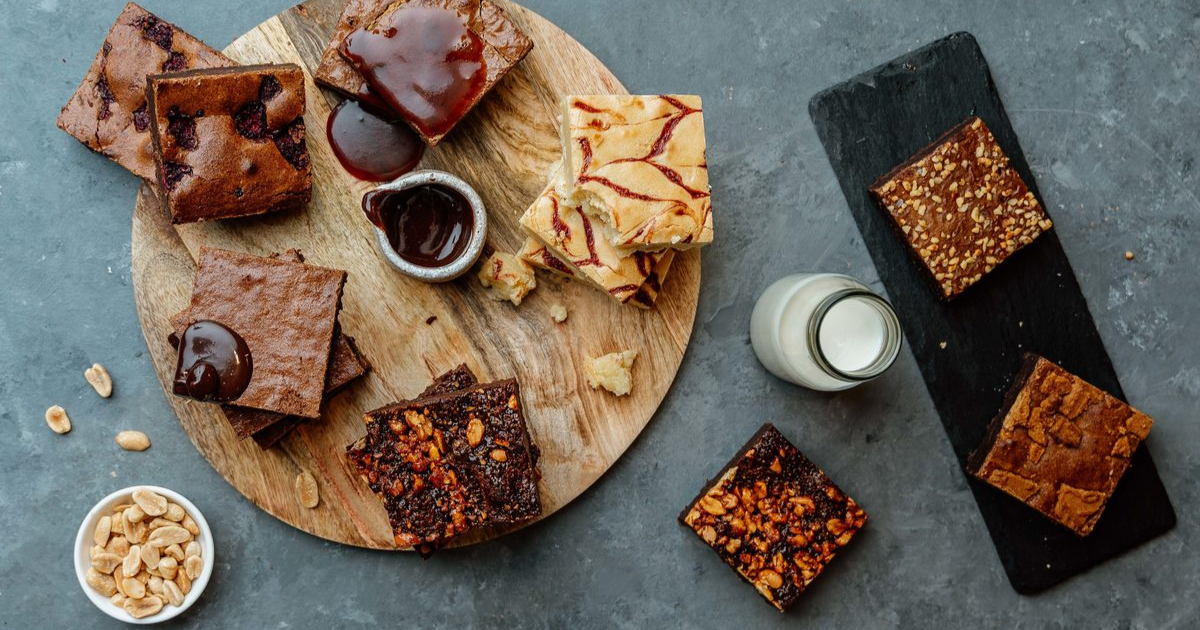River collab receives reconciliation nod

Commended: Yarrowee: from Peel to Prest collaborators received a Maggolee Award from Reconciliation Victoria during a presentation in Melbourne late last month. Photos: SUPPLIED
A PROJECT aimed at highlighting the impact on the Yarrowee River since colonisation has netted its researchers a Maggolee Award from Reconciliation Victoria.
Developed between Federation University and the Wadawurrung Traditional Owners Aboriginal Corporation, the project called Yarrowee: from Peel to Prest explores how the waterway has changed since the discovery of gold in 1851.
Federation University senior lecturer in history Dr David Waldron was one of the recipients and said the award and the project both mark a step forward for reconciliation in Ballarat.
“It acknowledges the way the landscape was completely transformed and what it would have been like for the Wadawurrung to see so much environmental devastation in such a short period,” he said.
“My side was on researching historical resources and materials and discussing issues that came up with the transformation of the Yarrowee like problems of effluence, flooding, and of course with the wildlife.

“The Wadawurrung Traditional Owners’ role was in identifying points of significance to their community. They also have access to that resource and can see in terms of linking their own folklore to the way in which the landscape’s been changed.”
The project was funded with $30,000 from City of Ballarat, $40,000 from Federation University, and $10,000 in Victoria Drought Resilience Adoption and Innovation Hub funding.
Yarrowee: from Peel to Prest is available to view via the Federation University website, and using online infrastructure courtesy of CeRDI, site visitors can compare the changes to the titular waterway by shifting between underlaying historic maps and their modern counterparts.
“You can see how changes in the past are represented in the landscape of today,” Dr Waldron said.
The interactive maps are amplified by written accompaniment to capture the details behind the shifting geography.
Work began on the project in March last year before being published in September.
Dr Waldron said the initiative is set to be expanded following community feedback.
“We’re looking at expanding it out past Prest and Peel streets towards Black Hill and Gong Gong, and out through the wetlands,” he said.
“We’re also looking at photographs and how they can do then and now, and how the landscape’s changed from the gold rush to the present.
“Once that part of community consultation’s been developed, we can look at how we integrate that into the existing online software.”


















